Stepping into an airport today bears little resemblance to the aviation experience of decades past. For those who remember navigating terminals during the ’70s and ’80s, today’s airports might seem like sterile, high-security shopping malls with planes attached. The transformation from the golden era of air travel to our current experience happened gradually, but the differences are stark and sometimes surprising. Let’s take a nostalgic journey through what made airports of yesteryear feel like entirely different worlds.
1. The Spectator Decks and Observation Areas
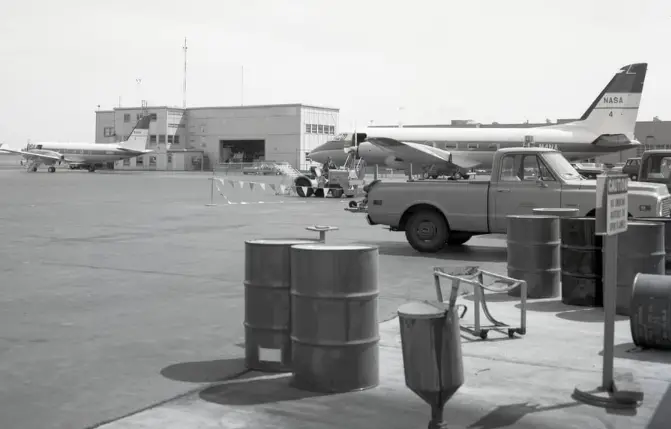
Once upon a time, airports were destinations for entertainment where families would spend Sunday afternoons just watching planes take off and land. Most airports featured dedicated observation decks with coin-operated binoculars where aviation enthusiasts and curious visitors could marvel at the miracle of flight up close. These areas were typically free to access and offered unobstructed views of the runways, creating a community space where people developed genuine connections to aviation. Airpot History provides a rundown of just how different things were when an observation deck was standard among airports.
The observation deck culture created a sense that airports belonged to everyone, not just travelers. Children would press their faces against the glass, tracking massive jets as they thundered down runways, while aviation buffs identified each aircraft by silhouette alone. Many airports even had restaurants with runway views where you could enjoy a meal while watching the ballet of arrivals and departures, making the airport a legitimate destination for a night out.
2. Non-Existent Security Checkpoints
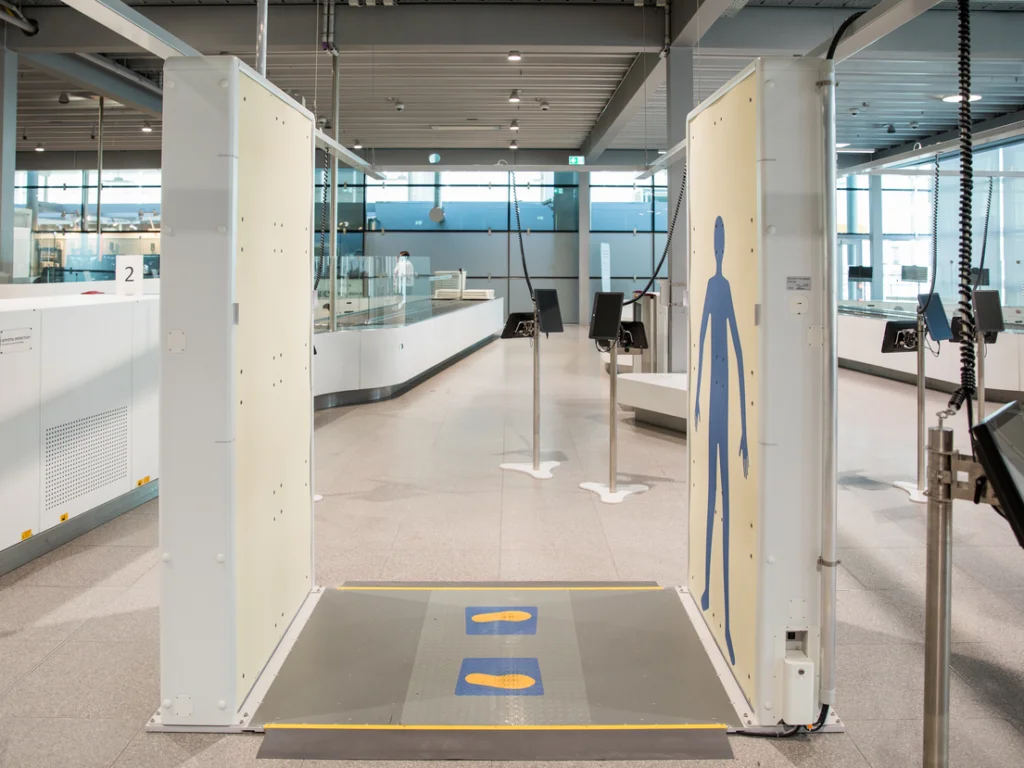
Perhaps the most dramatic difference was the near absence of security screening as we know it today. Walking into an airport terminal meant simply entering through the main doors and proceeding directly to your gate with minimal interruption. Prior to the 1970s, there were virtually no security checkpoints at all, and even after they were introduced following early hijacking incidents, they remained remarkably cursory—a quick walk through a metal detector with your carry-on receiving the most casual of glances. Airguide Business points to before the 1970s as a time when airport security was pretty much a nonexistent concept.
The lack of rigid security protocols meant you could arrive at the airport mere minutes before your flight and still make it aboard with ease. Passengers routinely entered the terminal just 15-20 minutes before departure, checking in at the counter, walking directly to the gate, and boarding without removing shoes, emptying pockets, or having bags inspected. This relaxed atmosphere fundamentally changed how air travel felt—more like catching a bus or train than the high-stress, high-security endeavor it has become today.
3. Greeting Passengers at the Gate
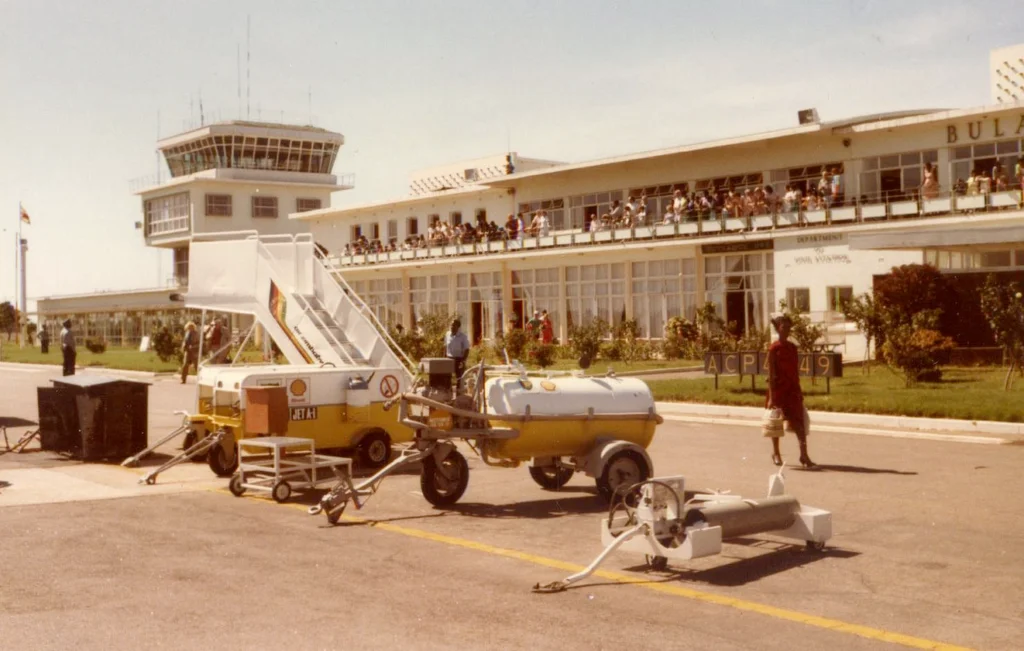
One of the most cherished aspects of airports past was the ability to accompany departing travelers all the way to their gate or meet arriving passengers as they stepped off the plane. Emotional goodbyes happened right at the jetway door, and joyful reunions took place the moment loved ones emerged from their flight. Families could watch as the plane pulled away from the gate, waving at their traveler through the windows. As recounted by Daily Mail, if a passenger was a celebrity, there would be even more glamorous features to bask in, including photoshoots.
The gate area served as a natural gathering space where the excitement of travel was shared among passengers and non-travelers alike. Children would press their noses against the glass, watching as their traveling parent blew kisses from the aircraft windows, while returning travelers would be greeted with homemade signs, flowers, and embraces the moment they appeared. This practice created a sense of ceremony around air travel that’s been largely lost in our post-security world.
4. Smoking Was Everywhere
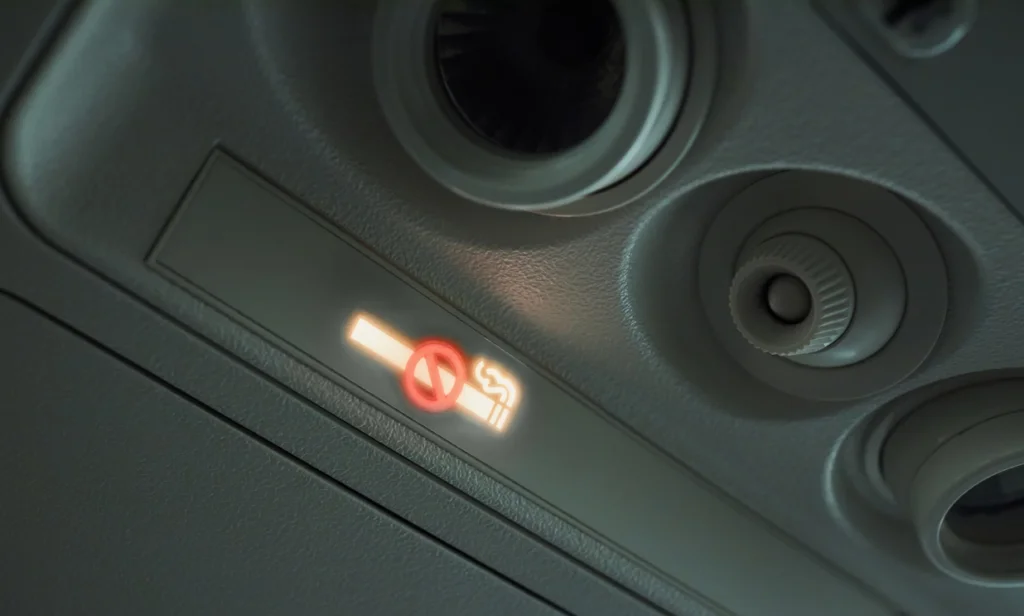
The terminals of yesteryear were perpetually clouded in a haze of cigarette smoke that would shock modern sensibilities. Smoking was permitted throughout most airport facilities, including gate areas, restaurants, and even on the planes themselves. The distinctive smell of cigarettes mixed with jet fuel created an olfactory experience that defined air travel for decades. Business Insider points to the turn of the century as the time when smoking became a non-option on all planes flying to, from, or within the United States.
Special smoking lounges with amber-colored glass and powerful ventilation systems attempted to contain the worst of the smoke, but the reality was that separating smoking and non-smoking sections did little to prevent the spread of smoke throughout the terminal. Ashtrays were built into nearly every surface, from the backs of seats to bathroom counters to armrests, and the perpetual cleaning of these receptacles was a never-ending task for janitorial staff. It wasn’t until the late 1980s that smoking restrictions began to take serious hold in airports, with complete bans not becoming commonplace until the 1990s.
5. The Glamour Factor
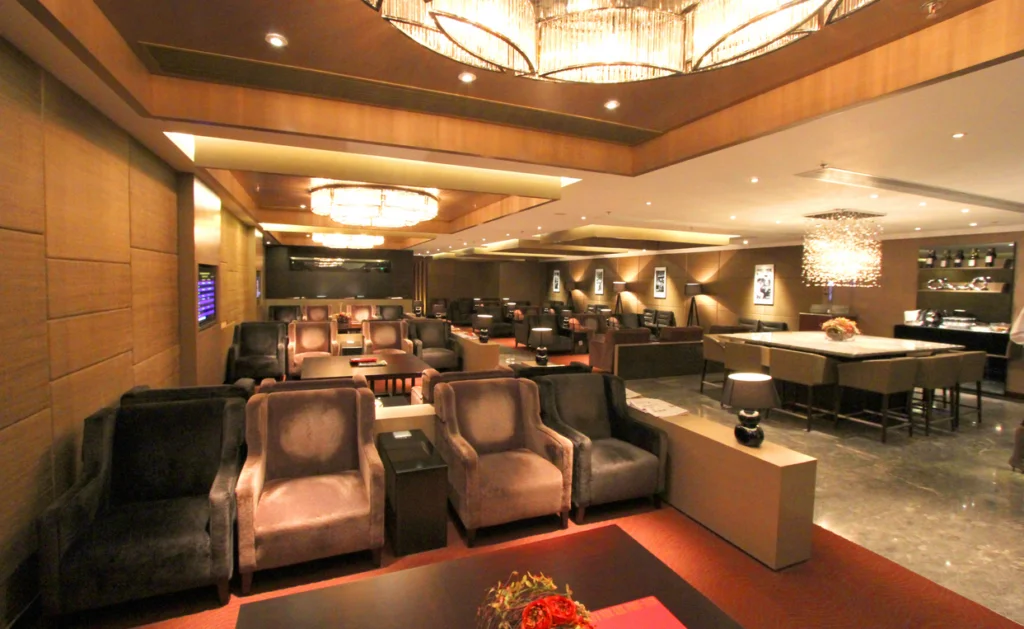
Airports of the ’70s and ’80s maintained an aura of sophistication and occasion that reflected air travel’s status as a special experience. Travelers and employees alike dressed for the occasion—passengers often wearing their Sunday best, pilots in crisp uniforms with gleaming badges, and flight attendants (then called stewardesses) in fashion-forward uniforms that resembled high-end boutique outfits more than the practical workwear of today.
Terminal design often featured soaring modernist architecture with elements like sunken lounges with circular couches, geometric carpeting in bold colors, and statement lighting fixtures that would look at home in a design museum. Airlines invested heavily in creating distinctive lounges and gate areas that reflected their brand identity, resulting in spaces that felt more like upscale hotel lobbies than the generic seating areas common today. Even budget travelers felt a sense of occasion when passing through these environments that celebrated the miracle and glamour of human flight.
6. In-Terminal Entertainment Options
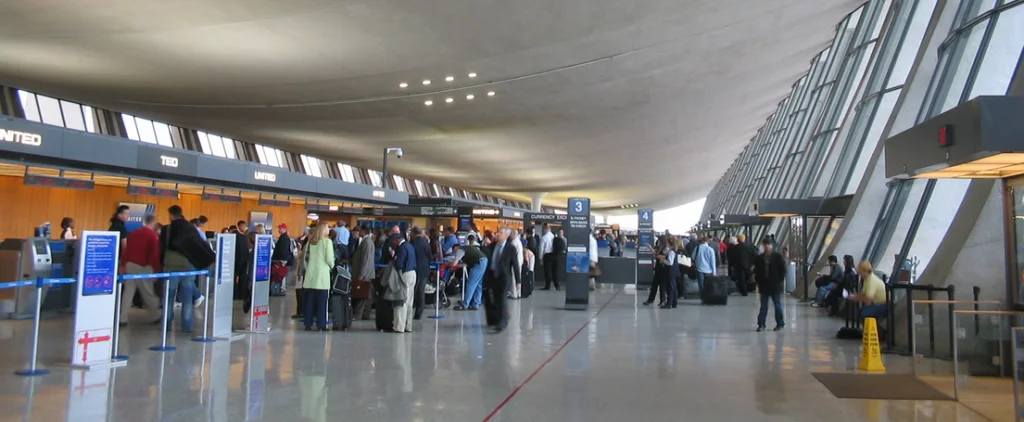
Long before smartphones and tablets, airports offered distinctly analog entertainment options that created a unique terminal culture. Arcade games lined the concourses, providing entertainment for travelers of all ages with games like Pac-Man, Galaga, and pinball machines collecting quarters from delayed passengers and bored teenagers. The cacophony of electronic bleeps and bloops created a soundtrack that mingled with flight announcements.
Beyond arcades, many airports featured unique attractions that would be unimaginable today, from small movie theaters showing short films to live piano players in lounges, creating an ambiance more akin to a cruise ship than a transportation hub. Some larger airports even offered amenities like swimming pools, putting greens, or small museums with rotating exhibits to help passengers pass the time between flights. These features made delays more tolerable and turned layovers into potentially enjoyable parts of the journey rather than dreaded inconveniences.
7. The Human Touch of Analog Operations
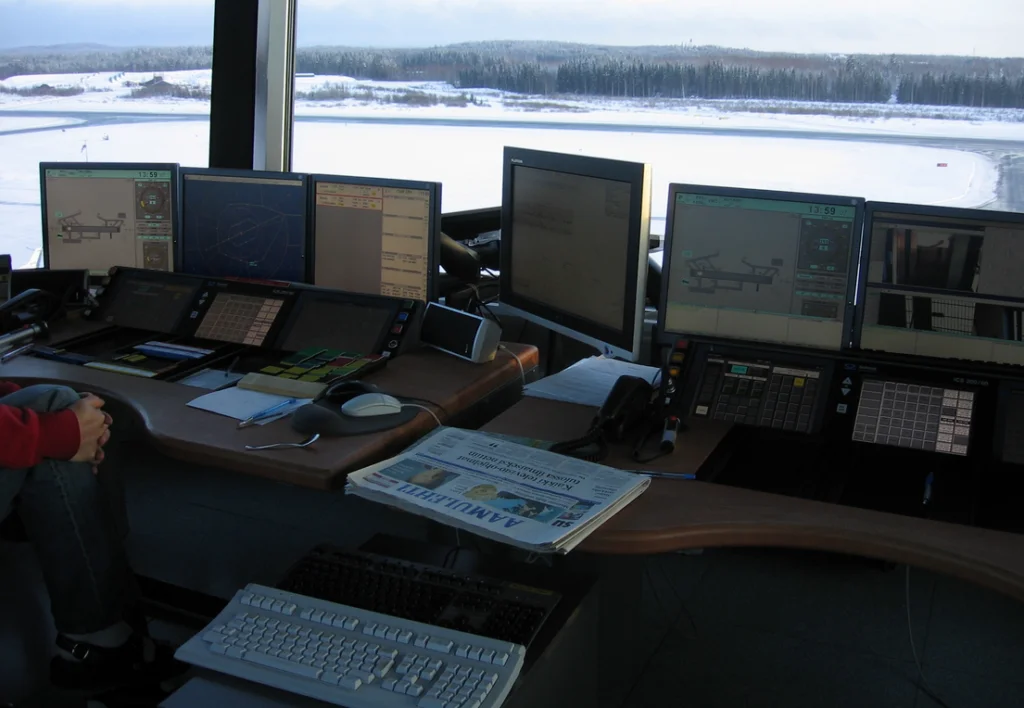
Before computerized systems dominated every aspect of air travel, airports relied on distinctly human-powered systems that created constant activity throughout the terminal. The iconic split-flap departure boards (sometimes called Solari boards after their manufacturer) clicked and clattered as they updated flight information, creating a sound that defined airports of this era. The mechanical symphony of these boards, combined with flight announcements echoing through the terminal, created an auditory experience that signaled you were in a place of movement and transition.
Check-in counters featured agents writing handwritten tickets and baggage tags rather than printing computer-generated labels. Weight calculations for aircraft were sometimes done manually, with load planners using actual pen and paper to ensure proper distribution of passengers and cargo. This high-touch, manual approach meant more airline staff were visible throughout the terminal, creating natural points of human interaction that have largely disappeared in our self-service era.
8. Affordable Luxury in Airport Dining
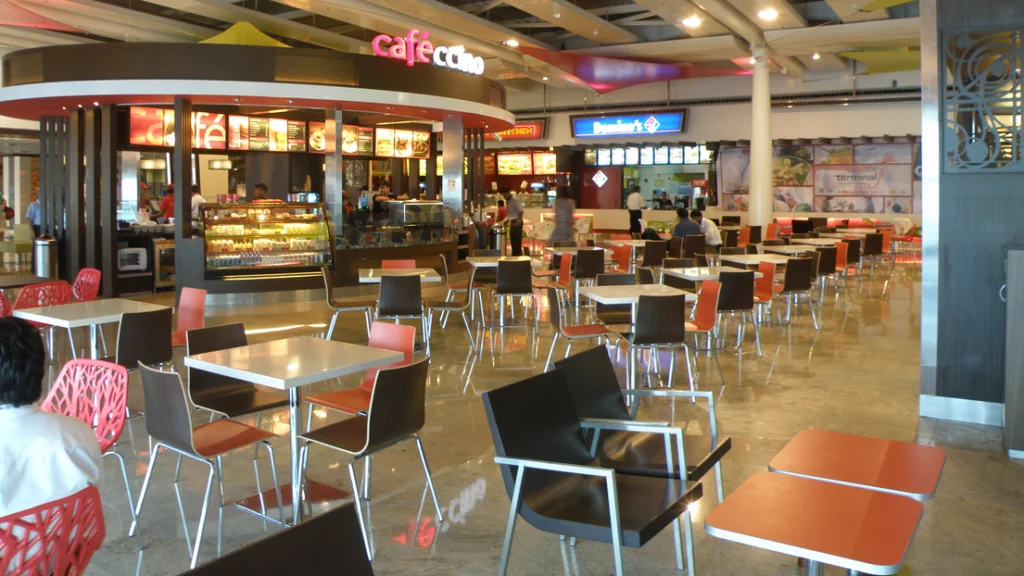
Airport restaurants once represented good value and quality rather than the captive-market price gouging common today. Many airports featured proper sit-down establishments with tablecloths, real silverware, and surprisingly affordable prices, often subsidized by the airport authority as an amenity rather than operated solely for profit. These restaurants served as attractions in their own right, with some developing loyal followings among locals who would come to the airport just for dinner.
The dining experience often reflected regional specialties and had a distinct sense of place rather than being dominated by national chains. In an era before terrorist threats led to restrictions on liquids, many airport bars were famous for their generous pours and signature cocktails, creating a convivial atmosphere where strangers bonded over pre-flight drinks. Airport coffee shops served their beverages in actual ceramic mugs rather than paper cups, encouraging customers to linger in a way that would seem foreign in today’s grab-and-go culture.
9. The Ease of International Travel
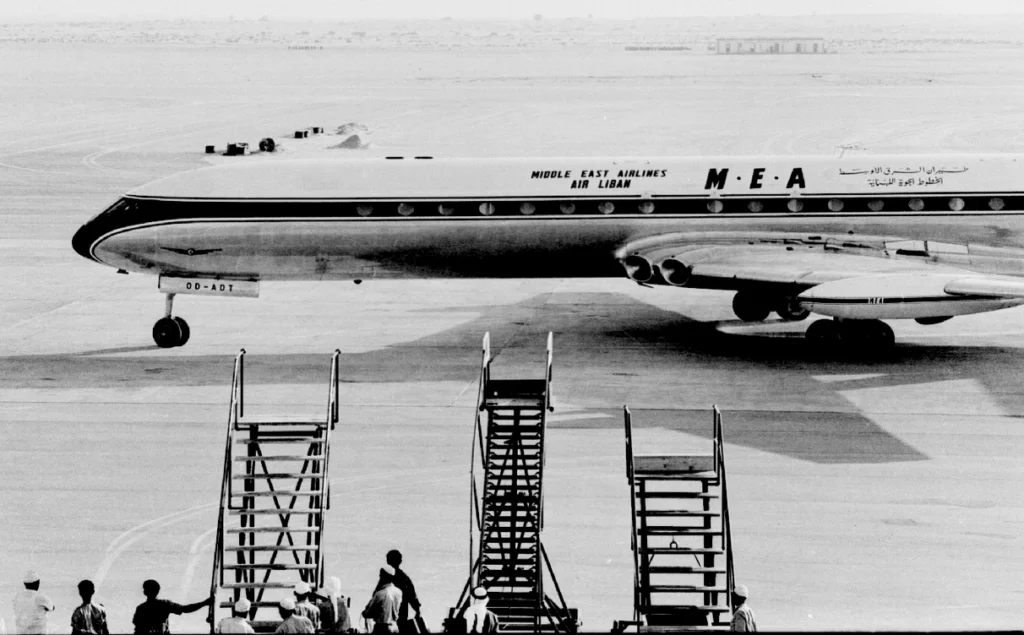
International travel in the ’70s and ’80s involved dramatically simpler border procedures compared to the layered security protocols we navigate today. Passport control often consisted of a brief interaction with an immigration officer who would give your documents a cursory glance before applying a stamp with a satisfying thunk. Many countries didn’t even require passports from American travelers, accepting just a driver’s license as sufficient identification for entry.
The customs declaration process was similarly relaxed, with travelers often passing through with minimal questioning or inspection. Duty-free shopping was a genuine bargain rather than a last-chance convenience, offering luxury goods at significantly reduced prices that made international airports shopping destinations in themselves. The comparative ease of international transit created a sense of global cosmopolitanism around international terminals, where the formalities of crossing borders hadn’t yet overwhelmed the excitement of international exploration.
10. Children as Solo Travelers
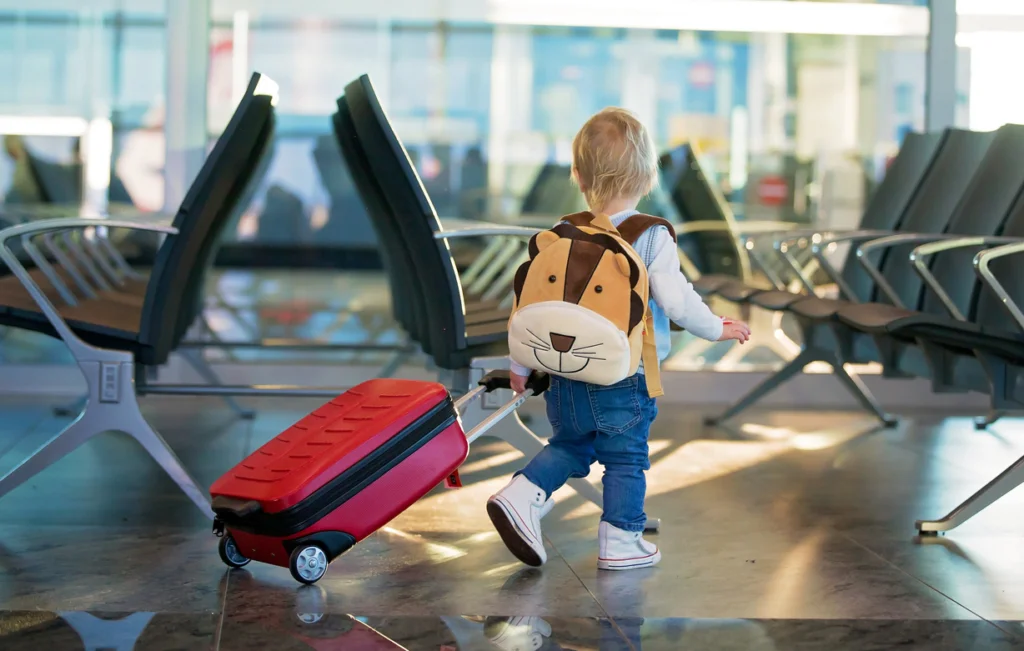
Airports of yesteryear regularly accommodated unaccompanied minors without the formalized, high-security procedures that exist today. Children as young as five or six would be casually entrusted to airline staff, wearing handwritten name tags and carrying paper tickets as they traveled to visit grandparents or divorced parents. While airlines did provide supervision, it was far more relaxed, often consisting of flight attendants checking in periodically rather than constant monitoring.
These young travelers enjoyed special privileges like cockpit visits during flight, collectible wing pins, and sometimes even the chance to make announcements over the aircraft intercom. Children traveling alone were part of the normal fabric of air travel, moving through terminals with a mix of wide-eyed wonder and surprising independence. Their presence contributed to the family-friendly atmosphere of airports, which felt more like public spaces where all generations were welcome rather than the adult-oriented environments they’ve largely become.
11. The Distinct Airline Personalities
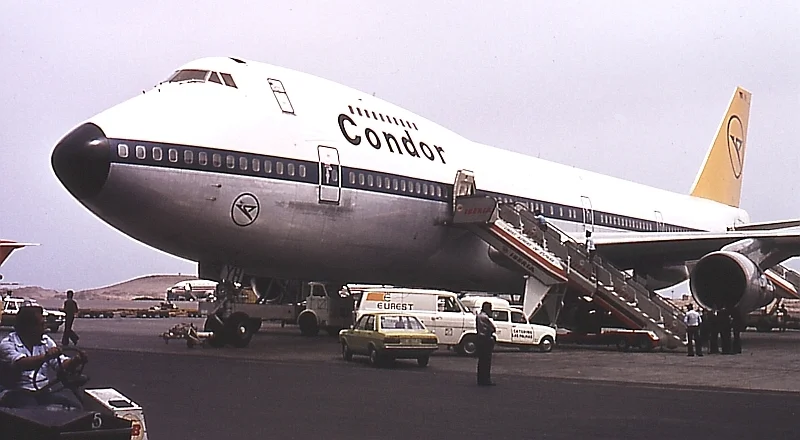
Before industry consolidation created the handful of mega-carriers that dominate today, airports were filled with airlines showcasing dramatically different visual identities and regional characters. Each terminal gate area was distinctly branded with airline-specific color schemes, signage, and even custom furniture that instantly signaled to travelers which carrier’s territory they were entering. Eastern’s Caribbean blue, Braniff’s candy colors, Pan Am’s globe, and TWA’s bold red created visual variety throughout terminals.
Each airline cultivated a unique personality through their airport presence—Southern carriers leaned into hospitality with rocking chairs and sweet tea, while Western airlines might feature adobe-inspired architecture and Southwestern motifs. This diversity of design created terminal experiences that changed dramatically as you moved from one gate area to another. The constant competition for visual distinction meant airports were more colorful, varied environments where mass consolidation hadn’t yet homogenized the traveler experience.
12. The Glory of Airport Gift Shops

Long before standardized news-and-snack kiosks dominated every concourse, airport gift shops were eccentric wonderlands selling genuinely strange and locally specific souvenirs. These shops operated more like curiosity cabinets than convenience stores, stocking everything from anatomically unlikely stuffed animals to inappropriately shaped salt and pepper shakers to obscure local delicacies. Their bizarre inventory became a form of entertainment for delayed travelers, who would browse their shelves out of genuine fascination rather than just necessity.
The regional specificity of these shops meant you knew exactly which city you were in by the merchandise—cowboy hats and armadillo paperweights in Dallas, lobster traps and lighthouse lamps in Maine, palm tree everything in Florida. Prices were surprisingly reasonable, reflecting an era before captive audience pricing models took hold, and many items were still manufactured domestically rather than being mass-produced overseas. For children, these shops were magical emporiums where a few dollars of pocket money could purchase treasures to commemorate their journey or surprising gifts for those back home.
The airports of the ’70s and ’80s weren’t perfect by any means—they were often smoky, less accessible to people with disabilities, and certainly less efficient than today’s transportation hubs. Yet they possessed a human quality, a sense of occasion, and community connection that has largely been sacrificed in the name of security, efficiency, and commercial optimization. While we can’t turn back the clock on necessary safety measures, perhaps recognizing what’s been lost can inform how we design transportation spaces in the future—finding ways to restore some of the wonder and humanity that once made airports destinations in themselves, not just waypoints on a journey.


